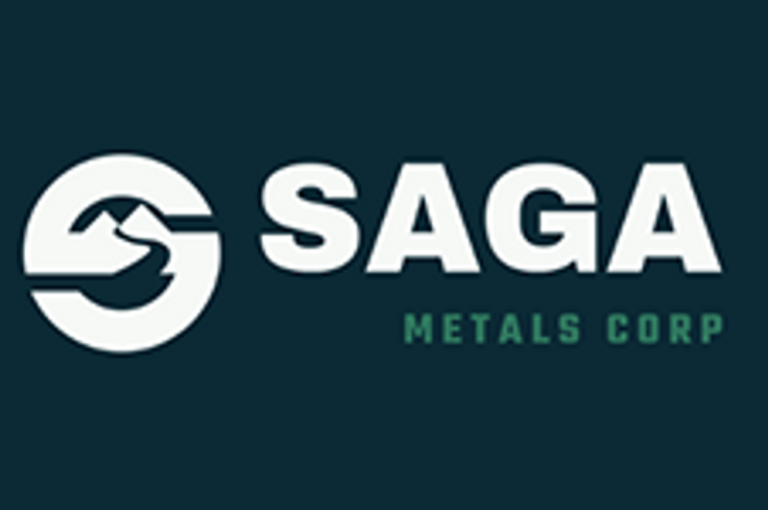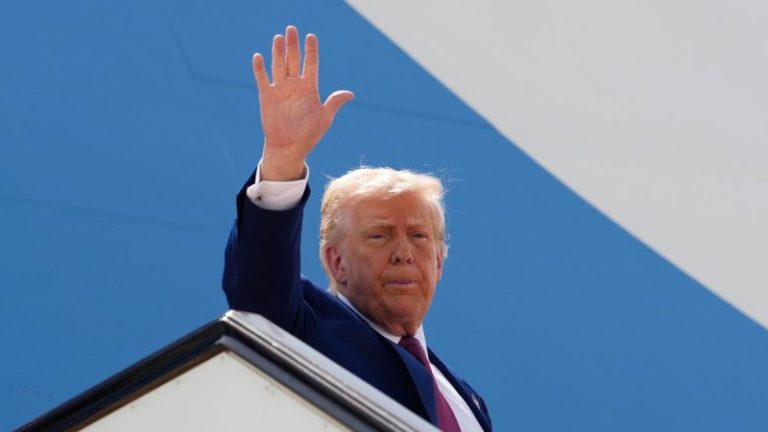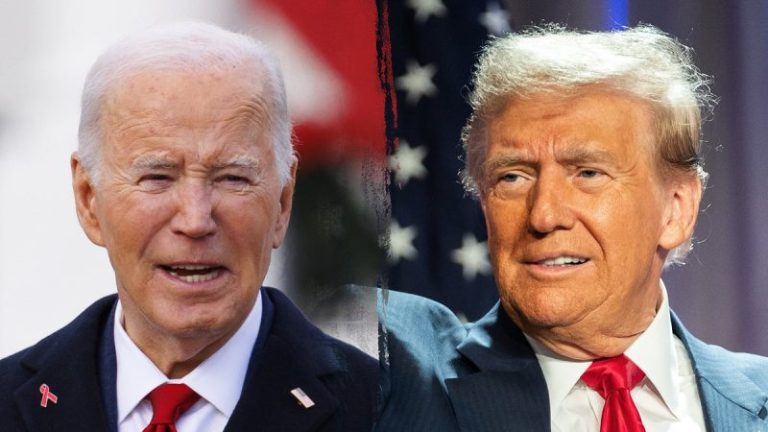Tolu Minerals Limited (“Tolu”) is pleased to announce the granting of its Ipi River tenement EL 2780 (Figure 1) covering 395.56 km2 of highly prospective copper-gold mineralisation. The historically discovered Ipi River porphyry deposit within EL 2780, located 55 km northwest of the Tolukuma gold mine is one of several under-explored porphyry style Cu-Au-Mo systems with epithermal Au overprint within Tolu’s exploration portfolio.
HIGHLIGHTS:
- Ipi River tenement EL2780 granted by the Mineral Resource Authority
- Preliminary interpretation of Airborne MT imagery indicates five previously unknown copper-gold targets that require further exploration and drill testing
- The newly advanced Airborne MT survey provides electrical resistivity imaging of the top 1km to define geological targets and structures related to copper-gold mineralisation, as well as magnetic data to assist in the exploration process
- Ipi River Porphyry System represents a historically under-explored Cu-Au-Mo system where previous rock sampling results returned up to 10.10% copper and 167g/t gold
- Douglas Kirwin, renowned porphyry and epithermal specialist, is appointed to the Advisory Board
“I’m pleased to report the progression of our exploration strategy with the award of Exploration License EL 2780 consisting of highly prospective ground within the Ipi River tenement. This award, coupled with our recent and historical exploration programmes at Ipi River, reinforces Tolu’s position as an emerging, important explorer and operator in what is rapidly becoming one of the great gold/copper provinces of the world.
Recently flown Airborne MT preliminary imagery reinforces historical exploration data and indicates a number of porphyry or intrusive related copper-gold targets. The tenement also includes historical copper-gold-molybdenum, late-stage epithermal gold, and peripheral unexplored Au targets. This latest addition to our tenement portfolio allows us to proceed with our next stage of exploration on a more detailed evaluation of the Airborne MT results and target areas.
The award of the Ipi River exploration license is a significant addition to Tolu’s highly prospective exploration and development portfolio that provides a number of compelling targets and potential for further major discoveries.
In line with the Company’s vision to reveal the porphyry and epithermal deposit potential at Tolukuma, Mt Penck and now Ipi River, the appointment of Doug Kirwin to Tolu’s Advisory Board is a testament to the Company’s broader commitment to defining a substantial resource within Tolu’s exploration targets, further to the re-start of the Tolukuma Gold-Silver Mine.”
Chris Muller, Tolu’s Executive Group Geologist commented that “the continuous progress towards growing Tolu’s exploration portfolio with high potential tenements has reinforced my view that Tolu is among the most exciting growth companies in one of the great underdeveloped and underexplored gold mining provinces on the planet.”
The advanced Airborne Magneto Telluric (“Airborne MT” or “MT”) survey was flown over the Eastern 209km2 of the EL to help in identifying a new generation of geophysical targets related to gold and copper-lead-zinc mineralisation for ground follow-up and drilling.
Airborne MT is an advanced geophysical technology providing high-resolution, deep resistivity/conductivity 3D mapping to over 1km depth. Final data from the recently completed airborne MT survey flown over the known Ipi River porphyry and Mt. Yule “Bulls- eye” magnetic porphyry gold-copper systems have diagnostic sub-surface conductivity, resistivity and magnetic signatures that are calibrations for identifying similar integrated anomalies.
An additional five, previously unexplored discrete geophysical target areas, have already been identified, proving the technique to be a cost-effective compliment to historical exploration results. A more detailed desktop review of historical exploration and airborne geophysics will now be completed ahead of fieldwork on ground.
Target mineralisation within the tenement includes an extremely intense and large 6km x 6km dipolar “Bulls-eye” magnetic anomaly (Figure 2) at Mt. Yule (IPI06), located at a major structural intersection of the NE-trending Yule Transfer Structure and orthogonal structure related to a deep-set high electrical resistivity trend (Figure 3).
The IPI06 occurs as an exceptionally high magnetic signature (>1,730nT dipolar variation) and geologically related to a diorite/monzonite intrusive. The magnetic characteristics are like that of the Indonesia Grasberg monzodiorite and Ertsberg diorite Cu-Au-Ag mineral deposits, located on the Western half of New Guinea island1.
Click here for the full ASX Release










